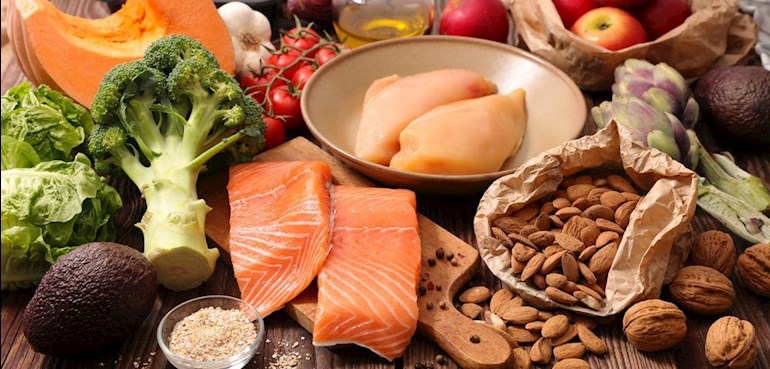JUNE 6, 2019 Darla Gay
What is an anti-inflammatory diet?
An anti-inflammatory diet is designed to reduce the inflammation in your body. Certain foods are known to contribute to inflammation, but it can also develop as a result of too much stress and too little exercise. It also leads to conditions such as arthritis, depression, lupus, and irritable bowel syndrome.
Adopting an anti-inflammatory diet can help with these diseases and others such as Crohn’s, heart disease, diabetes, and Hashimoto’s. It can also help control obesity. Since I have several of these issues, I have been reading a lot about this lately. I have come up with the following lists of things to add to or remove from my current diet.
Foods to add:
Eating more of these will help lower the inflammation in my body:
• Fruits such as apples, oranges, cherries, blueberries, blackberries, and strawberries
• Dark green vegetables such as collard greens, spinach, and kale
• Other veggies like broccoli, cauliflower, and sweet potatoes
• Beans
• Nuts such as walnuts, pecans, and almonds
• Whole grains like oats and brown rice
• Dark chocolate
• Healthy oils like extra-virgin olive oil and coconut oil
• Foods high in omega-3 fatty acids like oily fish (salmon, herring, and mackerel), flaxseed, and soybeans
Foods to remove:
These foods cause inflammation and need to be eliminated from my diet:
• Dairy products such as ice cream, cheese, butter, and milk
• Omega-6 fatty acids such as corn, sunflower, and vegetable oils
• Refined carbs in pasta and white bread
• Processed meat such as sausage, hot dogs, and lunchmeat
• Fried foods
• Gluten
• Refined sugar and artificial sweeteners
• Salt
What I can expect from this diet
Reducing the inflammation in my body should help with joint pain, fatigue, and weight gain. It can lower my risk for depression, heart disease, and diabetes. It will also help keep my blood sugar and cholesterol in check.
Making a lifestyle change
For me, the key to making these changes permanent is to consider them a lifestyle change rather than a diet. I am going to post my lists on the refrigerator so I can refer to them often.
I’m lactose intolerant and never have milk or ice cream, so giving them up will be easy. Pasta and sweets are a different story. I know that gluten-free pasta is available, as well as noodles made from zucchini and squash, so I’ll have to give those a try.
I get headaches from artificial sweeteners such as aspartame and sucralose. In the past, those were the only options for people wanting to replace refined sugar. Now, there are a lot of newer options I can try, such as Swerve and monk fruit. I am looking forward to experimenting with these in my current recipes.
As long as I don’t feel like I’m being deprived of an entire category, such as sweets, I’ll be able to adapt to this new way of eating. I love trying new recipes, so this gives me a good excuse to buy a few more cookbooks.
***
Note: Lupus News Today is strictly a news and information website about the disease. It does not provide medical advice, diagnosis, or treatment. This content is not intended to be a substitute for professional medical advice, diagnosis, or treatment. Always seek the advice of your physician or other qualified health provider with any questions you may have regarding a medical condition. Never disregard professional medical advice or delay in seeking it because of something you have read on this website. The opinions expressed in this column are not those of Lupus News Today, or its parent company, BioNews Services, and are intended to spark discussion about issues pertaining to lupus.
lupusnewstoday.com/2019/06/...
See LUpus Patients Understanding & Support (LUPUS):
